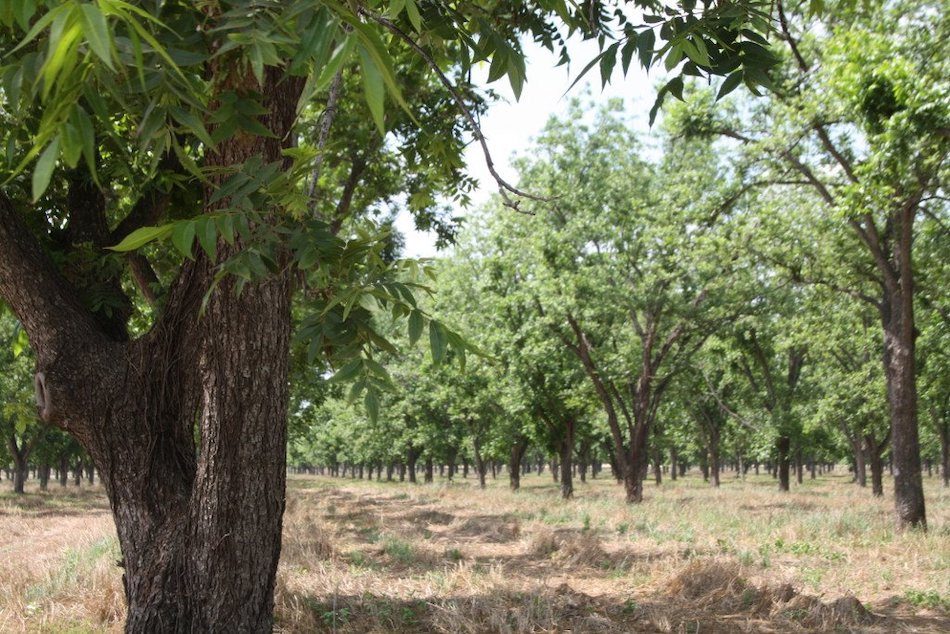You don’t typically hear farmers saying they want to attract bugs to their farm, but that’s what a unique conservation project in California’s Sacramento Valley is doing – determining whether cover crops can attract more at-risk native pollinators, like monarch butterflies, in addition to insects that serve as pest control, like ladybugs.
The project came about thanks to a $3-million monarch and pollinator recovery bill (AB 2421) designed to establish habitat restoration projects for important pollinator species facing steep population losses.
The western monarch butterfly population is at the precipice of quasi-extinction, having experienced a 99.5% population drop in the past 20 years, plummeting to fewer than 30,000 butterflies in the winter of 2018-2019 and remaining critically low this winter. The declines are largely a result of habitat loss in central California, in addition to pesticide use and climate change.
In response to the monarch’s dramatic decline, the Western Association of Fish and Wildlife Agencies (WAFWA) has called for 50,000 acres of restored habitat by 2030 – representing an urgent need for California ag leaders to find ways to incorporate native insect habitat into commercial food production.
Rare project seeks to bring orchards alive with insects
To meet the WAFWA restoration target and maximize public conservation dollars, my EDF colleagues and I have been working with a coalition of partners including the National Center for Appropriate Technology (NCAT) and the USDA Agriculture Research Service to establish conservation projects that achieve benefits beyond pollinator habitat restoration – like increasing soil health, enhancing water management and possibly helping control pests.A unique conservation project is documenting how planting native wildflowers in cover crops helps insects and tree nut growers alike.CLICK TO TWEET
Two farms – Pacific Gold Agriculture and ByPass Farms – have committed to restoring 325 total acres of pecan orchards using a cover crop mix that includes eight native wildflowers. Together, the farms are serving as a demonstration project – aptly named “Orchards Alive” – to see if these multiple benefits can be achieved over the next two-and-a-half year project timeline.
My EDF colleagues and I will be monitoring and evaluating the sites for plant diversity and habitat functionality for the monarch butterfly, while NCAT will be conducting weekly insect monitoring protocols to assess pest pressure on the pecan trees, in addition to tracking the abundance of beneficial insects and native pollinators. Soil microbiome biodiversity will also be monitored to track soil quality and carbon sequestration benefits, allowing for a more holistic evaluation of all potential impacts above and below the orchard floor.
Orchards are ripe for conservation
Pecan orchards have proven to be an ideal environment for planting cover crops since the trees are widely spaced, allowing light to penetrate the orchard floor to support the crops – even on fuller, more mature orchards.
Pecan orchards also do not require a bare dirt floor for harvest, so the cover crops containing wildflowers can be present and thrive during the monarch’s critical migratory and breeding seasons, and attract other native pollinators throughout the growing season.
The Orchards Alive project will help create a model for other orchards seeking to gain multiple benefits from cover crops, offering important lessons learned. Pioneering this approach will help demonstrate how to get thousands of acres of orchards in the Central Valley to proactively expand their operations in a way that benefits the farmers, the land and the beloved monarch.





Post a comment
Report Abusive Comment